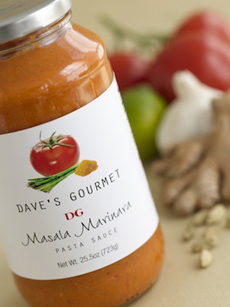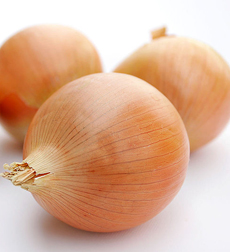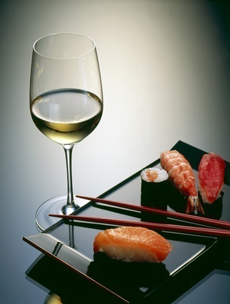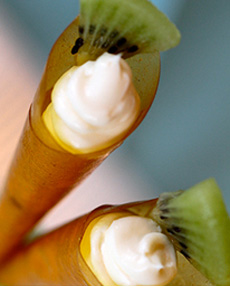|
Many people are not neutral on the subject of battered, fried onion rings. There are two main camps: people who don’t like onions and people who’d choose onion rings over fries any day.
We’re in the latter camp. We could make a meal of onion rings, ketchup and beer. Burgers or other protein only fill us up, so we can’t enjoy as many onion rings.
Yet, more often than not, we’re disappointed with the onion rings served up at restaurants.
Unless it’s a very good restaurant, the onion rings are more often than not soggy rather than crispy. We suspect they’re frozen onion rings that have been fried once and then briefly refried to heat them up before delivery to our table. The batter has no crunch; the onions and batter are equally tasteless.
At the most popular “deluxe” burger restaurant in town, we got crispy onion rings—but not flavorful ones. Doesn’t anyone believe in seasoning? Thank goodness for the ketchup.
The solution to enjoying delicious, hot and crunchy onion rings is to make them yourself. It’s simple; it’s just a bit time consuming to cut and separate all the rings, dredge them twice and fry them.
But the weekend is upon us. We’ve got an extra half hour, as well as a fridge full of craft beer and gourmet ketchup. We’ll make buttermilk and cornmeal-battered onion rings (the recipe in the video) on Saturday and substitute panko (Japanese bread crumbs) for the cornmeal on Sunday.
Here’s a video cooking demonstration showing how easy it is to make onion rings. The seasonings include salt, pepper and cayenne pepper, and if you want more of a kick, optional hot sauce.
If you want company, ask friends to bring the beer. It’s more than an even exchange for fresh, crisp onion rings.
For an extra treat, pick up a special ketchup. We’re hooked on the Chipotle Ketchup and Curry Ketchup from Montebello Kitchens.
|




